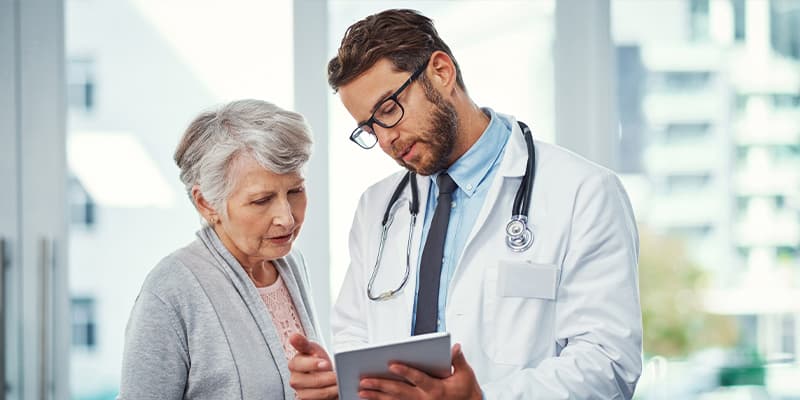Sprains & Strains
Introduction
Anatomy
Causes
A sprain describes an injury to a ligament that connects two bones. A ligament can stretch or tear if the bones in a joint move out of position from a force, such as a fall or direct contact with another person during sports. For example, an ankle or wrist sprain can result from a fall.
Strain
A strain describes an injury to a muscle or tendon. Muscles and tendons can be injured from overuse, overstretching, repetitive motions, sports injury, or a direct force, such as from being hit. For example, back strain may occur in people who perform repetitive heavy lifting.
Symptoms
A sprain causes pain, bruising, and swelling. You may hear or feel a pop when the injury occurs. A severe sprain causes intense pain at the time of injury, followed by difficulty moving a joint.
A strain causes muscle pain, weakness, cramping, spasm, or swelling. Moderate to severe sprains can result in muscle tearing.
Diagnosis
Treatment
Am I at Risk
You may be at risk for strains and strains if:
• Your body is deconditioned or overweight
• You participate in sports, dance, or other challenging physical activities
• Your job duties entail repetitive movements
• You have experienced a strain or sprain before
• You are at-risk for falls
Complications

Copyright © - iHealthSpot Interactive - www.iHealthSpot.com
This information is intended for educational and informational purposes only. It should not be used in place of an individual consultation or examination or replace the advice of your health care professional and should not be relied upon to determine diagnosis or course of treatment.
The iHealthSpot patient education library was written collaboratively by the iHealthSpot editorial team which includes Senior Medical Authors Dr. Mary Car-Blanchard, OTD/OTR/L and Valerie K. Clark, and the following editorial advisors: Steve Meadows, MD, Ernie F. Soto, DDS, Ronald J. Glatzer, MD, Jonathan Rosenberg, MD, Christopher M. Nolte, MD, David Applebaum, MD, Jonathan M. Tarrash, MD, and Paula Soto, RN/BSN. This content complies with the HONcode standard for trustworthy health information. The library commenced development on September 1, 2005 with the latest update/addition on February 16, 2022. For information on iHealthSpot’s other services including medical website design, visit www.iHealthSpot.com.




